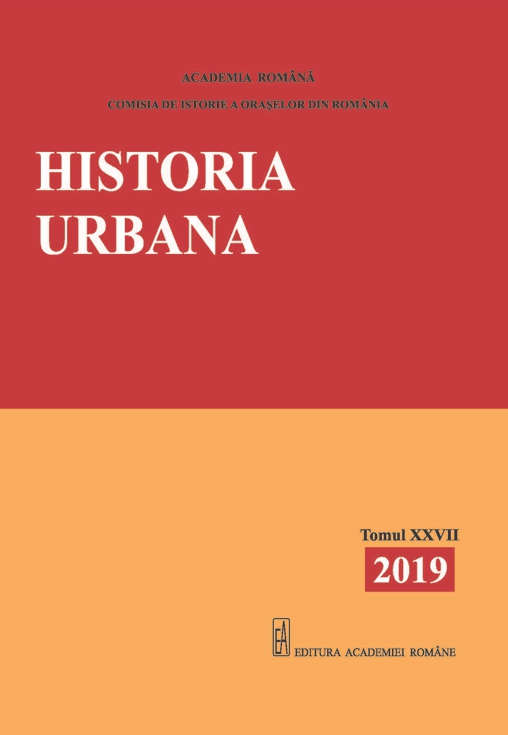Bulevardele de pe axa nord-sud a Bucureștiului: reușită sau eșec?
The Boulevards on the North-South Axis of Bucharest: A Successful Project or a Failure?
Author(s): Ioana Maria PetrescuSubject(s): Architecture, Local History / Microhistory, Recent History (1900 till today)
Published by: Editura Academiei Române
Keywords: Bucharest; boulevards; north-south axis; public space; conflict zones;
Summary/Abstract: In 1896, after a first section to connect Victory Square to the present Roman Square had been completed, the construction works stopped. A long time interval followed until the project was resumed, during which the general administration proposed new options for elongating the boulevard – one of them was to extend it in a straight line, up to the ʽgreat ellipse’ on Pache Protopopescu Boulevard. The solution proved to be worthwhile, as the direct link between Victory Square and Calea Moșilor would serve to direct the traffic from north to east, without crowding the centre. The decision to extend the north-south axis towards the University Square and then to the Wailing Valley (the Youth Park) was approved during the years prior to World War I. The works, spreading over a long period of time, along with considerable expenses, sliced through the trading centre of the city, thus tearing down a valuable urban fabric, unique to Bucharest. As now visible, the section spanning from University Square to Union Square has had extremely harmful effects on the urban organism. Its tracing has ultimately led to the emergence of multiple conflict zones, with contrasting neighborhoods and public spaces lacking coherence and appeal.
Journal: Historia Urbana
- Issue Year: XXVII/2019
- Issue No: 27
- Page Range: 279-295
- Page Count: 17
- Language: Romanian
- Content File-PDF

